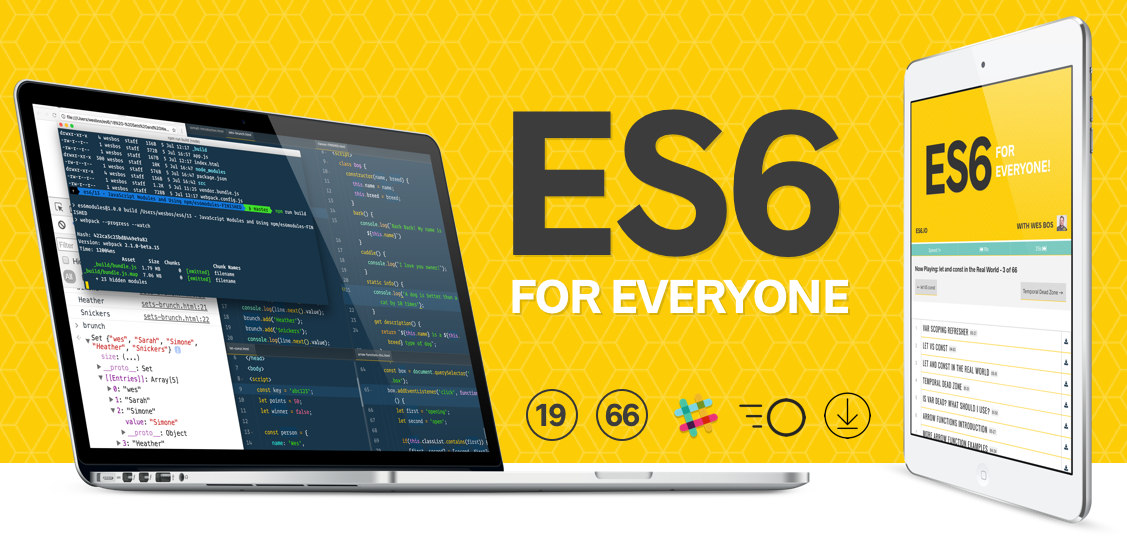Modular JavaScript is an open effort to improve our collective understanding of writing robust, well-tested, and modular applications. The series consists of five books, each of which explores a key aspect of JavaScript development — comprehensively. The books are produced in the open: anyone can track their progress, report issues & contribute fixes or content. A free-to-read version is available online! Digital & print books can be purchased through O’Reilly Media. The crowdfunding campaign launched last week on Indiegogo! 
It’s already over 100% funded! |  |
|
Alex shows us the important things to focus on in performance, and how to run great experiences on slow, inconsistent networks and low-power devices. |
|
PRPL – pronounced “purple” – is a pattern for structuring and serving Progressive Web Apps, with an emphasis on the performance of app delivery and launch. |  |
|
RAIL is a model for breaking down UX into key actions; it provides concrete performance goals and a structure for thinking about performance strategically. |
|
A complete guide to getting 60fps animations with CSS. |
|
Wes came out with a premium training course to strengthen your core JavaScript skills and master all that ES6 has to offer.  ES6 is a major update to JavaScript that includes dozens of new features. With a focus on simplicity and readability, this course is an efficient way to find out what is new in JavaScript and most importantly when and how you should use it. Join me for a fun and approachable look at all ES6 has to offer — boost your skills and further your career. |  |
|
When writing components in React, it can be confusing to decide what a component should do sometimes. Especially for developers coming from the backend or from classic MVC JavaScript libraries. Defining the boundaries can be a complicated undertaking. |
|
Mike walks us through building a web app with Vue Router. |
|
I spent a week traveling around Taiwan, on my awesome free roaming 2G data plan, and friends, we need to talk about your web fonts. Also cats. They really love cats there. Anyway, the thing about 2G is that I fully understand that it will take me 10 seconds to load a page. What sucks is the fresh rage of the following 4 seconds where instead of content I get phantom underlines, waiting for a slightly-different-sans-serif to download. |
|
David explains how shaders work and how you can create your own with Babylon.js. |
|
There are two types of app install banners: web app install banners and native app install banners. They give you the ability to let users quickly and seamlessly add your web or native app to their home screens without leaving the browser. Matt Gaunt & Paul Kinlan — Google |
|
Brad explains a CSS architecture they’ve put in place for a large organization with over 500 internal projects using these guidelines. Worth a read! |
|
|



Comments